What does structured literacy (AKA the Science of Reading) mean for me?
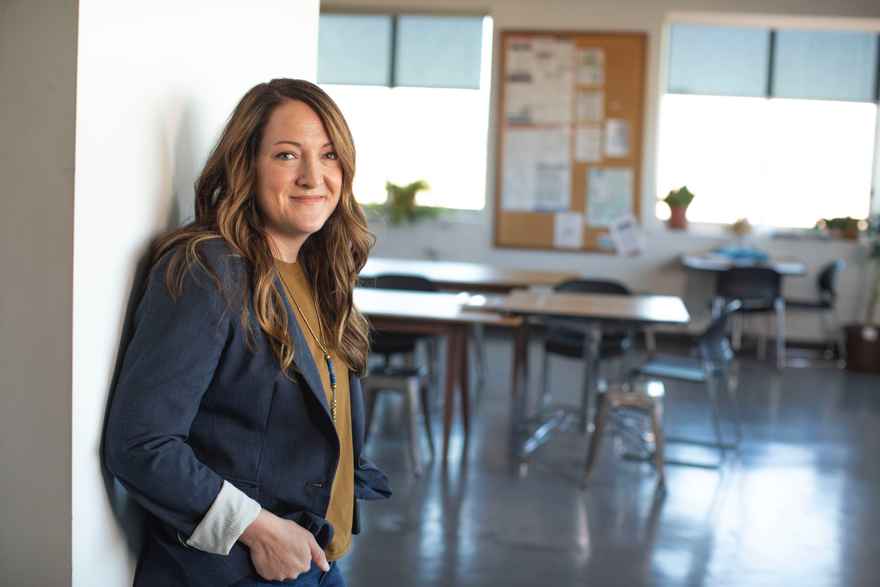
One of the biggest questions that I always had as a classroom teacher was “What does this look like? What do I DO?” This week’s post is aimed at providing some examples of what teaching looks like when you move toward a structured approach to teaching literacy. Some of the things I’ll talk about in this post have had research conducted on the teaching method and some of them come from conclusions that have been drawn (by lots of people – I’m not just making stuff up!) based on other research or theories that are positively regarded. Why am I telling you this? It’s because we need to get comfortable with the fact that change is a part of our profession. Even the teaching techniques that have a sound base in research (as in there has been lots of research done on how to conduct the teaching) like explicit phonics instruction are open to change as new bodies of work emerge. There’s also the consideration of the fact that, while we all read the same way, different children learn to read with different levels of ease and speed. That doesn’t mean that we use ‘ready to be archived’ (thanks Pam Snow for that term!) practices for some and updated practices for others, but that we need to be ready to adjust the duration and intensity of teaching for different students. So with all of that in mind, let’s dive in.
This following table focuses on 4 levels of text to consider when planning to teach in a structured way: sub-word, word, sentence and discourse (text) level. Let’s look at what reading instruction might look like at these different levels in the early years of school:
Sub-word
Structured Literacy
- Phonics taught in explicit lessons according to a set sequence.
- Multiple representations of all phonemes of English taught across 2-3 years.
- Reading and writing of graphemes included each lesson.
- Sound walls or alphabetic code charts used.
- Morphology sits alongside phonics in increasing amounts as children develop their knowledge at the sub-word level.
Previous practice
- Phonics includes the basic code in the first year of school, but no phonics focus beyond this time. It is likely that there was not a set sequence taught.
- Word walls may have been arranged according to the letters of the alphabet rather than the sound, so ‘apple’, ‘aeroplane’, ‘ace’ and ‘art’ might all appear together.
- Word families and blends core content.
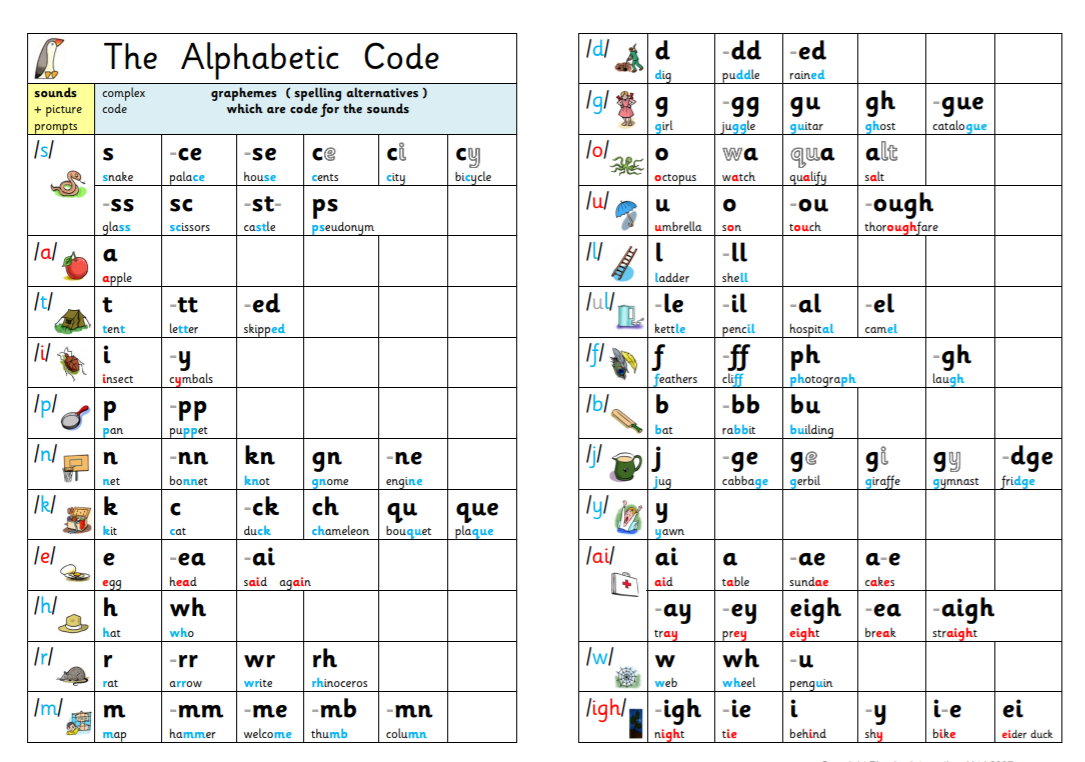
Word Level
Structured Literacy
- Phonemic awareness (the awareness that spoken words are made up of individual speech sounds) is explicitly taught.
- Words are both read and spelled in every lesson.
- Word are introduced to be cumulative. That is, the lists builds as you introduce new graphemes.
- Irregular, high frequency words are taught by identifying the regular parts (those graphemes children already know) and the irregular parts (graphemes they don’t know yet).
- Decoding and encoding of words focuses on ‘sounding out’ and understanding how words work.
Previous practice
- Words taught as global shapes that are recognised by sight.
- Phonic knowledge and sounding out was actively discouraged or left until last in a range of strategies.
- Reliance on memorisation through ‘look say cover write check’ or ‘rainbow writing’ to learn to spell.
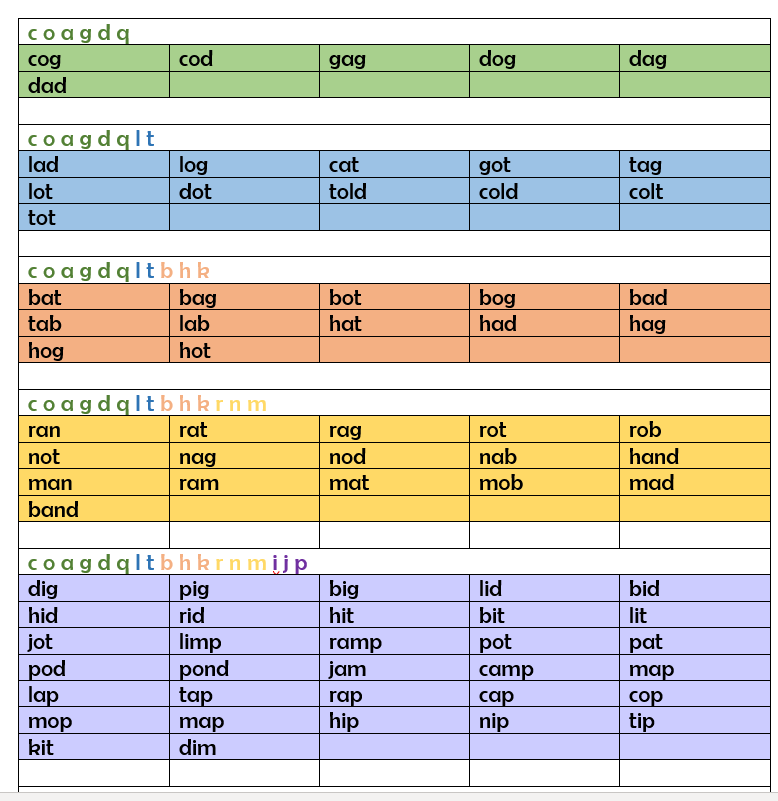
Sentence Level
Structured Literacy
- Sentence level reading introduced once word level reading established.
- Emphasis on sentence level reading and writing as a bridge to text level reading and writing.
- Highly structured opportunities to practice writing and reading sentences.
- Explicit teaching of sentence structure.
Previous practice
- Children are taught to read sentences and larger texts using their knowledge of whole words and other cues within the sentence.
- Sentence writing may involve cutting sentences up and putting them back together, then copying the sentences.
- As with word level work, there is a reliance on copying and memorising rather than examining the internal structure of words for spelling or structure of sentences.
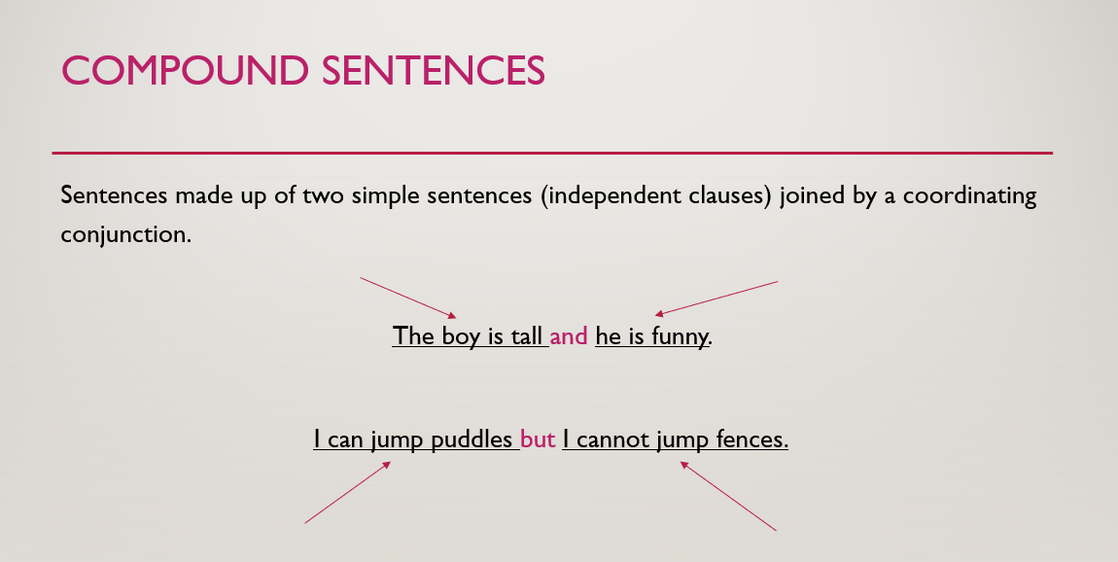
Text Level
Structured Literacy
- Picture books, novels, poetry and non-fiction are a key feature of the classroom.
- Decodable texts are carefully controlled for phonics, irregular high frequency words and vocabulary so that children can access the content using their existing skills.
- Pictures are used to support comprehension, not to lift the words from the page in the first place.
- Partner reading is suggested to maximise instructional time instead of small, guided reading groups.
- Background knowledge, vocabulary, syntax and morphology instruction sit along a small range of comprehension strategies to build comprehension in the context of rich text shared with the whole class.
- Norm referenced reading screening and monitoring replaces benchmark reading assessment.
Previous practice
- Picture books, novels, poetry and non-fiction are a key feature of the classroom.
- Children are introduced to text level reading as soon as they enter school, regardless of their knowledge of the alphabetic code or their ability to blend.
- Levelled texts typically continued right through the primary years, with benchmark assessments conducted and children ‘levelled’ into groups.
- Instruction occurred in small, guided reading groups with a focus on teaching children to use ‘multi-cueing’ methods for decoding and a range of comprehension strategies.
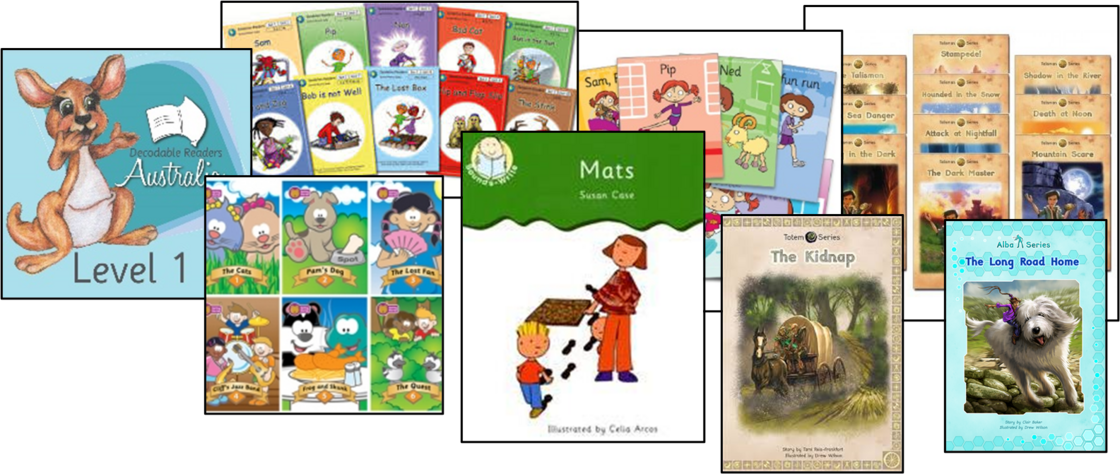
The above, brief description captures the essential elements of structured literacy. Of course, there is more nuance to decision making and instruction than can be outlined in a single blog post and different children will require different levels of support to learn to read and write. However, I hope that the outline of the fundamentals above provides an understanding of the shift in teaching that occurs as we adopt the principles of structured literacy teaching.

 Jocelyn Seamer Education
Jocelyn Seamer Education
5 comments
Hi, I'm a year 1 teacher in Fiji and have been following and learning more about the SOR through your page. I'm very impressed and fully motivated by your enthusiasm and love for what you do. Can I have some advise and constructive information on the following?
1. How can we help our struggling learners?
2. What is Dyslexia?
3. How do we know that a child suffers from Dyslexia?
4. And how can I go about helping these children while simultaneously encouraging their parents and Guardians without putting them on the defensive?
Thanking you in advance.
Hi Losana,
To support your struggling students, the first thing you need to know is what skills and knowledge do they have what else might they be needing to develop. This post provides some guiding questions when thinking about how we monitor student growth in reading. Once you know where they are up to, present learning in small chunks and teach to mastery, constantly checking in to see how well they have learned what you are teaching. The Reading Success in Action Lesson Sequence that is on its way to you will be a great help with this. In terms of Dyslexia specifically, I'd suggest visiting https://codereadnetwork.org/ for terrific fact sheets and suggestions for how to support both students and families. It's really important to note that Dyslexia is not helped by special glasses, coloured paper, vitamins or brain training programs. Students with reading difficulty need the same structured approach as everyone else, but with greater intensity and for longer.
Take care,
Jocelyn
Good morning,
Do you know of any Professional Learning that can take place to a staff of teachers, either in person or via Zoom?
Hi Joe. My Reading Success in the Early Primary Years course is a 12 week online program that aims to provide the most practical support for implementing systematic, structured literacy in classrooms. You can read more and book places here.
All the best,
Jocelyn
This is a very helpful summary of the comparison between structured literacy and "past practice" - love the terminology. Thanks so much for creating and sharing.
Leave a comment